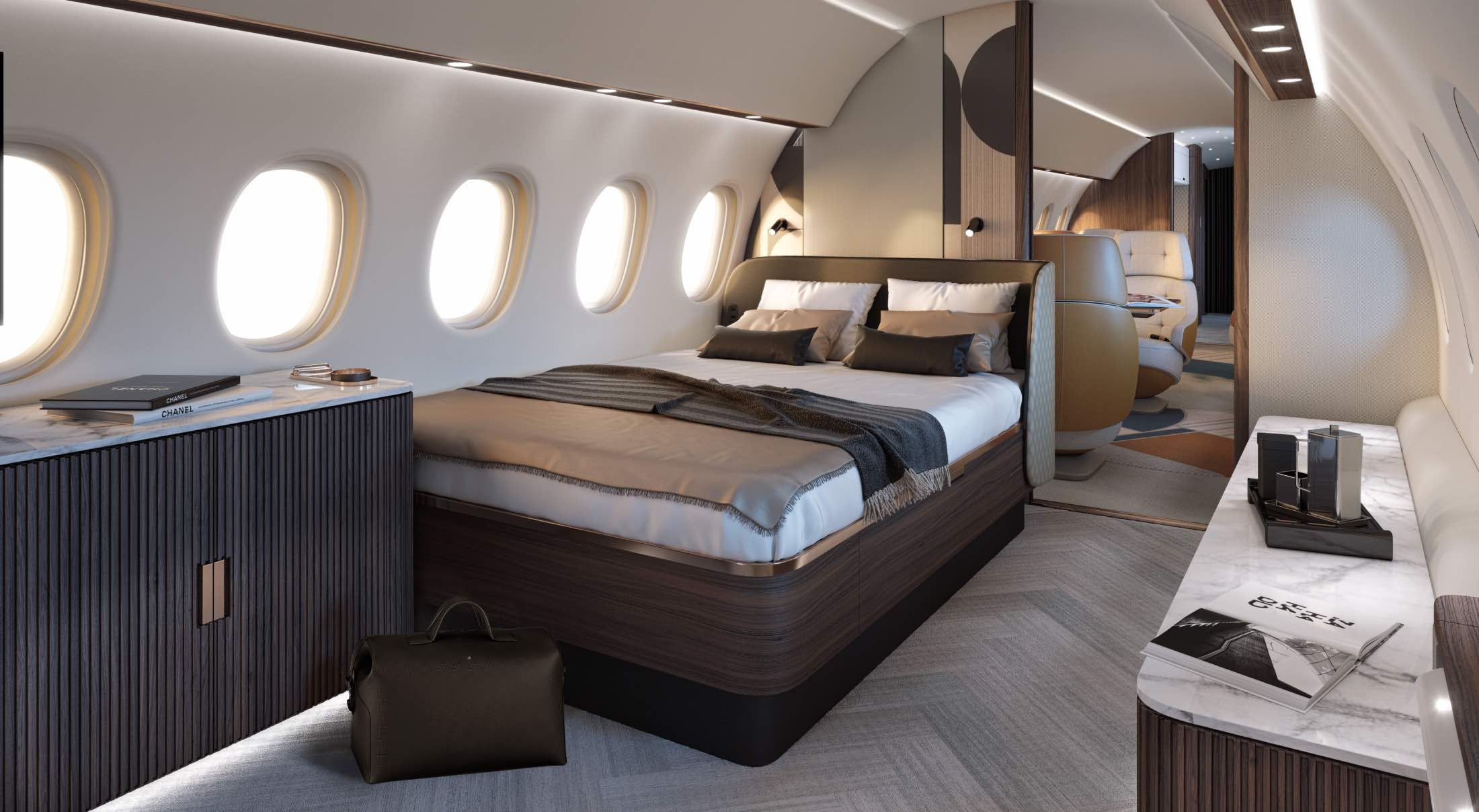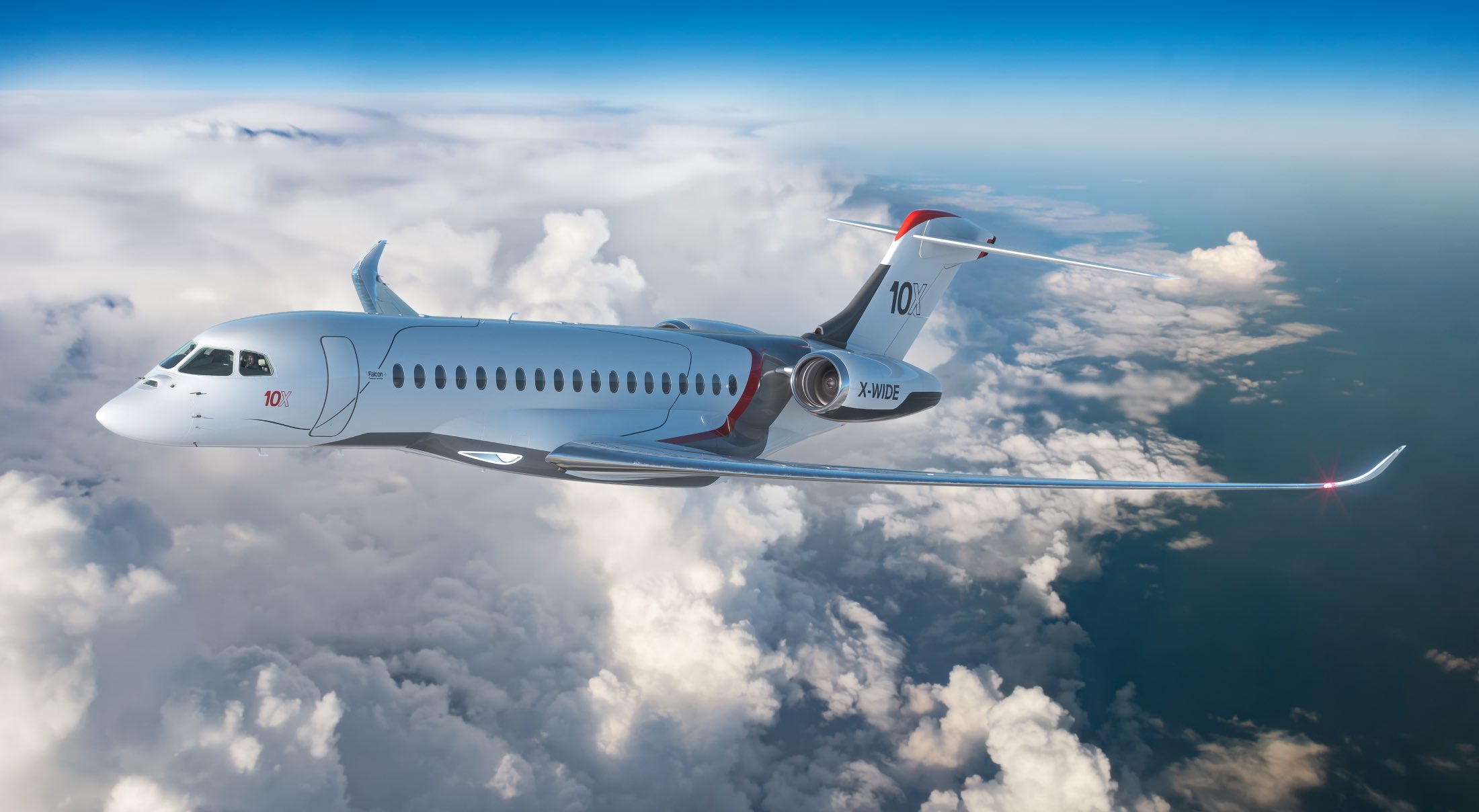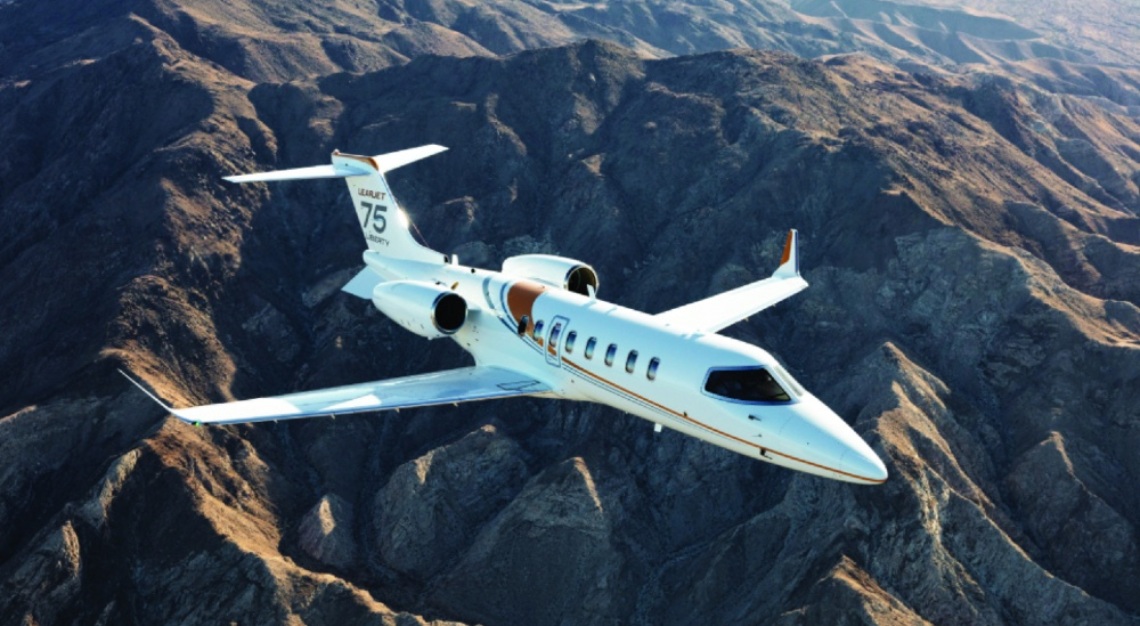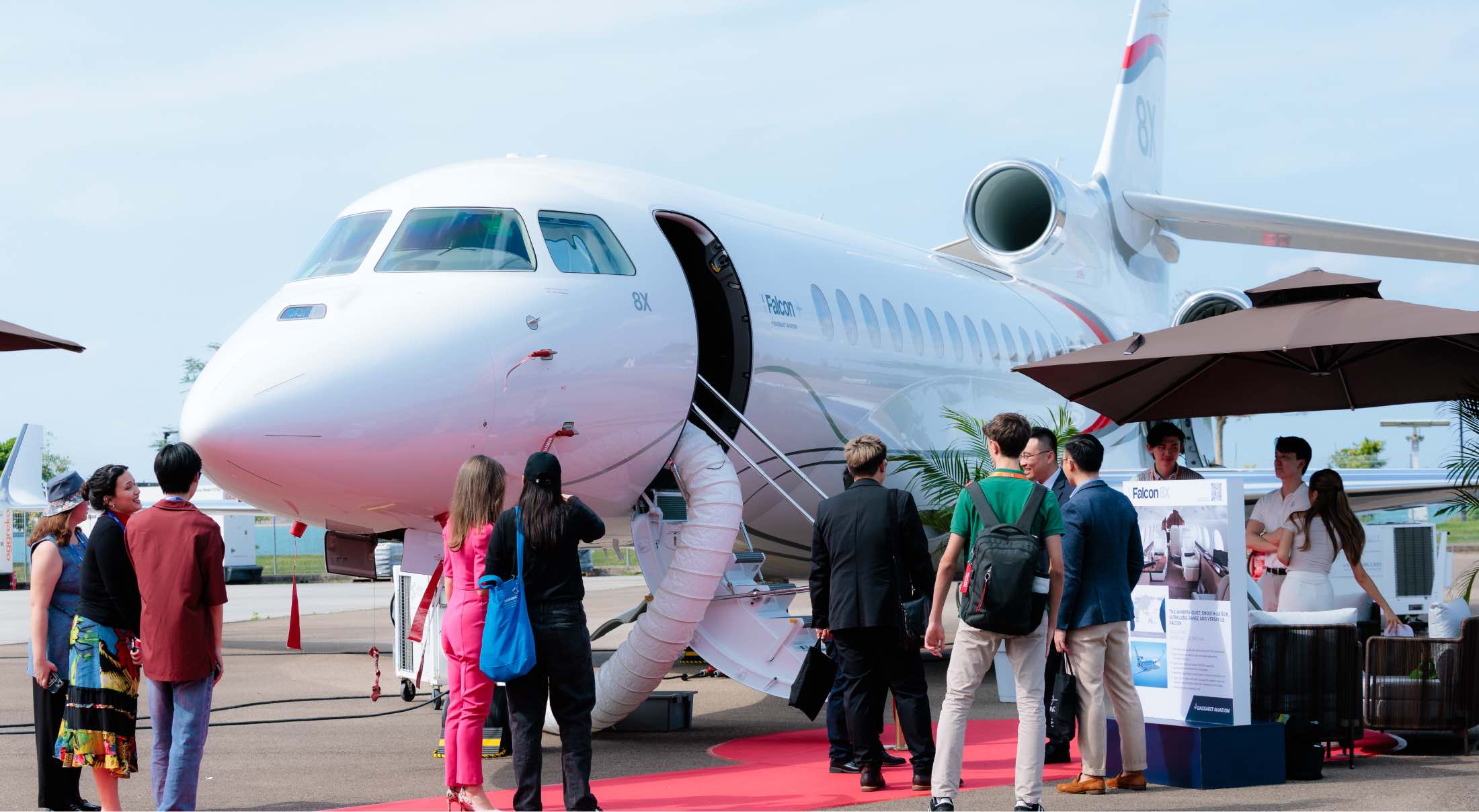As private aviation evolves to meet the demands of a younger, faster-moving clientele, the industry is sharpening its edge on all fronts
Private aviation has long carried an air of predictability. The image of leisurely magnates luxuriating in mahogany-lined interiors while sipping champagne may be a little embellished, but it does ring true. Yet, change is in the air.
Today’s private flyers paint a more dynamic picture. No longer the exclusive domain of seasoned executives, private jet travel now caters to a new generation of fast-moving entrepreneurs who view their aircraft as a vital extension of their lifestyle and business. Couple this with an increasingly globalised world and the emergence of new markets in Vietnam, Indonesia, and Thailand, and you have a renewed standard in the world of private flying.

“We are seeing changes in demographics and the sources of wealth,” says Simon Bambridge, commercial director of TAG Aviation. “Fifteen years ago, our typical aircraft owner’s age was likely in the mid-60s. These days, we’re seeing more customers in their 40s and 30s.”
As expected, this shift brings new demands. Younger owners and charter clients expect greater flexibility, seamless connectivity, and a service ecosystem that moves as quickly as they do. Modern private jets are no longer measured purely by comfort or status; they must be optimised for efficiency, adaptability, and multi-use functionality—seamlessly transitioning from boardroom to lounge to private retreat.
Efficiency, convenience, and connectivity
Dassault Aviation’s Falcon 10X, set to enter service in 2027, embodies this sentiment. Boasting the widest cabin for a purpose-built business jet at 2.77m, the aircraft is impressive in scale. While its spacious cabin is certainly appealing, it is the jet’s connectivity and range of 14,000km that will be most important to contemporary dealmakers.

“Reliable, high-speed, in-flight Internet access is simply mandatory today,” says Carlos Brana, executive vice-president, civil aircraft for Dassault Aviation. “And with trade expanding between Europe, America and the Pacific Rim, range is at a greater premium than ever.”
As aircraft manufacturers continue to push the boundaries of range and technology, charter and maintenance services must evolve in tandem or risk falling behind. “The introduction of larger cabin, longer range aircraft such as the Dassault Falcon 10X and Gulfstream G700 open new possibilities for routes and itineraries,“ says Bambridge. “But it requires sophisticated systems and procedures, coupled with a skilled planning and dispatch team, to take full advantage.”
While charter services adapt to a more demanding clientele, maintenance, repair, and overhaul (MRO) specialists are racing to upskill their personnel to meet the expectations of a new wave of savvy jet owners. The investment in training and technology will undoubtedly require time and resources, but for owners, this means greater peace of mind, knowing their aircraft will be maintained to the highest standards, no matter how advanced.

“As the aircraft become more advanced, so does the need for our staff to familiarise themselves with these new technologies while improving their skillset in areas of diagnostics,” says Paul Desgrosseilliers, general manager of ExecuJet Haite. “This is done primarily through hands-on training, but the use of virtual reality technology for training purposes is becoming more common.”
Although the private aviation industry has never been synonymous with rapid change, the industry looks to be gearing up for a major ascent. With manufacturers pushing the envelope, charter operators expanding their capabilities, and MRO specialists endeavouring to keep pace, private flyers can soon look forward to an era of unparalleled efficiency, convenience, and connectivity.
This story first appeared in the April 2025 issue. Purchase it as a print or digital copy, or consider subscribing to us here






